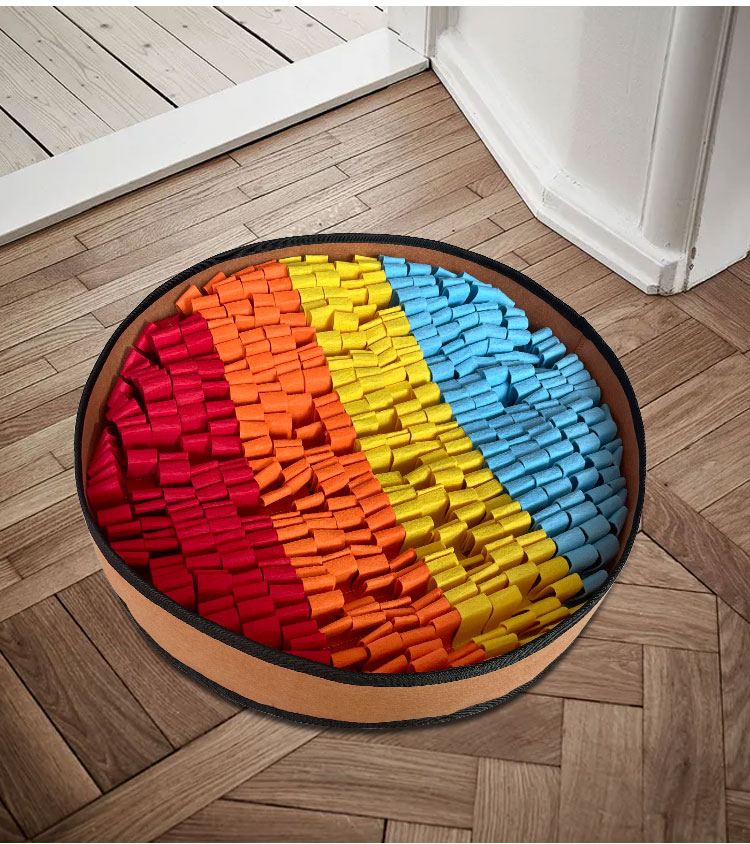How to Build Acoustic Panels A Step-by-Step Guide
Acoustic panels are essential for enhancing sound quality in a space, reducing echo, and minimizing noise interference. Whether you are setting up a home studio, a music room, or simply wish to improve the acoustics in your living area, building your own acoustic panels can be a rewarding and cost-effective project. Follow this guide to learn how to make effective acoustic panels step by step.
Materials Needed
1. Wood Frame - 1x4 inch or 1x3 inch boards depending on the desired thickness of your panels. 2. Acoustic Insulation - High-density insulation material like rock wool or fiberglass batts, designed for sound absorption.
3. Fabric - A breathable fabric that complements your interior design, such as burlap, cotton, or polyester.
4. Staple Gun - For attaching the fabric to the frame.
5. Wood Screws - To assemble the wooden frame.
6. Saw - A miter saw or hand saw for cutting wood.
7. Measuring Tape - To ensure accurate dimensions.
8. Drill - For assembling the frame.
9. Sandpaper - For smoothing rough edges on the wood.
Step 1 Measure and Plan
Firstly, decide where you want to place your acoustic panels and measure the available wall space. The size of the panels can vary, typically ranging from 2x4 feet to 2x2 feet. Sketch out a plan to determine how many panels you will need to cover the area effectively.
how to build acoustic panels

Step 2 Cut the Wood
Using the saw, cut your wood to the desired dimensions for your frames. For a typical 2x4 foot panel, you will need two vertical pieces (4 feet) and two horizontal pieces (2 feet). Make sure you cut carefully to ensure a snug fit when assembled.
Step 3 Assemble the Frame
With your cut pieces, create a rectangular frame. Lay out the pieces on a flat surface and secure them using wood screws at each corner. Ensure that the corners are square by measuring the diagonals before tightening the screws. Sand down any rough edges to prevent splinters.
Step 4 Cut the Acoustic Insulation
Once the frame is assembled, cut the acoustic insulation material to fit snugly within the frame. The insulation should be the same size as the internal dimensions of the frame to prevent it from falling out.
Step 5 Attach the Fabric
Lay the fabric face down on a flat surface and place the frame, along with the insulation, on top. Pull the fabric over the edges of the frame and staple it to the back. Ensure that the fabric is taut but not overly stretched. Secure it with staples every few inches around the perimeter.
Step 6 Hang the Panels
Once your panels are complete, it's time to hang them. Consider mounting the panels strategically in areas where sound reflections are most problematic, such as directly opposite speakers or on walls adjacent to windows. Use heavy-duty wall anchors or picture hangers to ensure the panels are secure.
Step 7 Enjoy the Results
After hanging your acoustic panels, take a moment to appreciate your handiwork. You should notice an immediate improvement in sound quality—less echo, better clarity, and a more pleasant listening environment.
Building your own acoustic panels not only enhances the acoustics in your space but also adds an element of personal touch to your interior design. With these simple steps, you can enjoy a more acoustically balanced environment tailored to your needs. Happy building!
